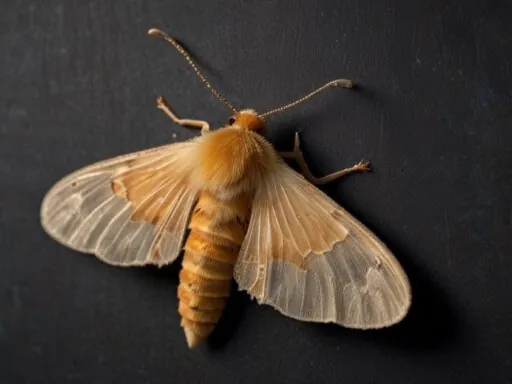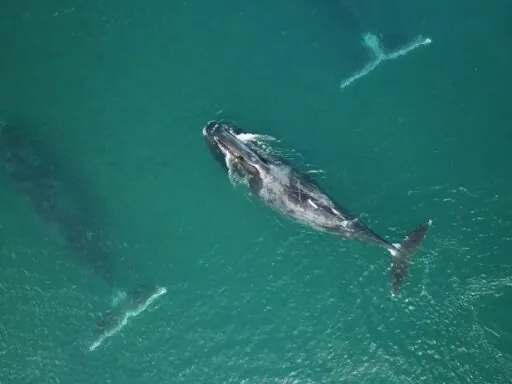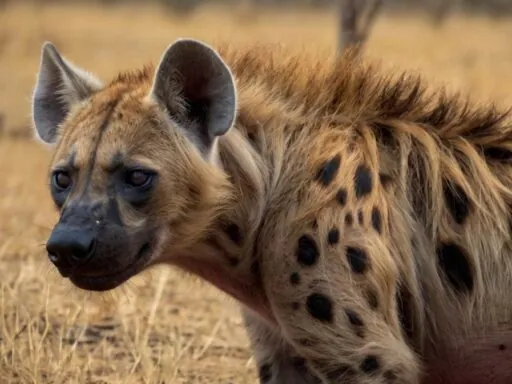Ever wondered what is the animal that kills the most humans? It’s not always the fearsome beasts you’d expect. While some are small and seemingly harmless, others are lurking predators. From the tiny mosquito to the formidable crocodile, let’s dive into the world of the deadliest animals to humans. Discover which creatures top the list of animals that kill humans the most and learn why these dangerous animals are so lethal. Ready to explore the surprising world of nature’s most unexpected killers? Let’s get started!
1. Mosquitoes
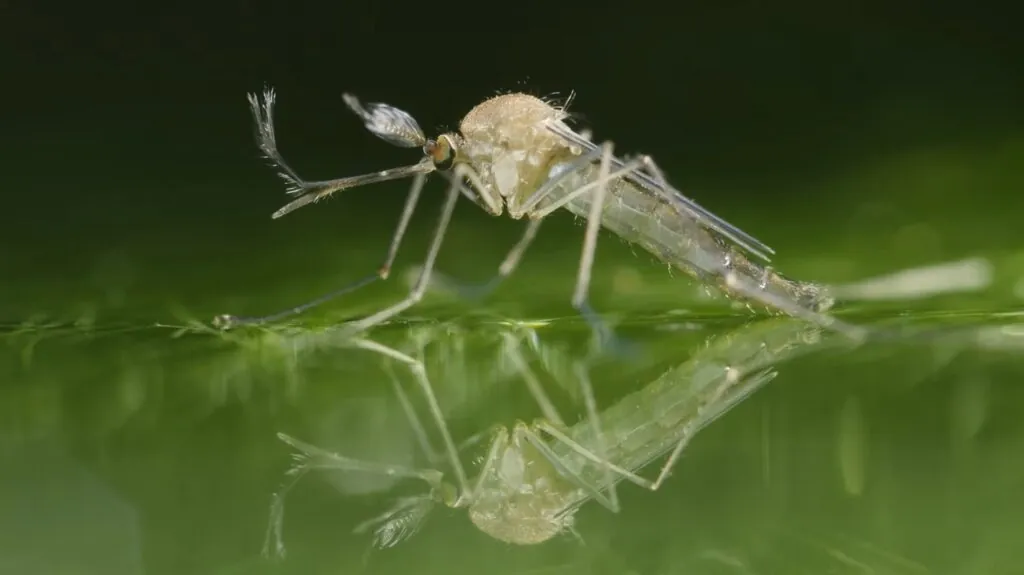
Mosquitoes top the list of animals that kill humans, responsible for approximately 725,000 to 1,000,000 deaths each year. These tiny but deadly insects are vectors for several fatal diseases, including malaria, dengue fever, Zika virus, and West Nile virus. Mosquitoes thrive in warm climates and stagnant water, making prevention challenging in many regions. Their ability to transmit these diseases silently and efficiently makes them the deadliest animals to humans, highlighting the urgent need for effective control and prevention measures to reduce their impact on human health.
2. Humans

Humans rank second on the list of animals that kill humans, with an estimated 475,000 deaths each year due to homicide. This staggering number highlights the significant impact of violence and conflict within our species. Factors contributing to these deaths include wars, terrorism, and everyday violent crimes. This grim statistic underscores the importance of addressing underlying social, economic, and psychological issues to reduce violence and promote peace. Understanding these dynamics is crucial in our efforts to make the world a safer place for everyone.
3. Freshwater Snails
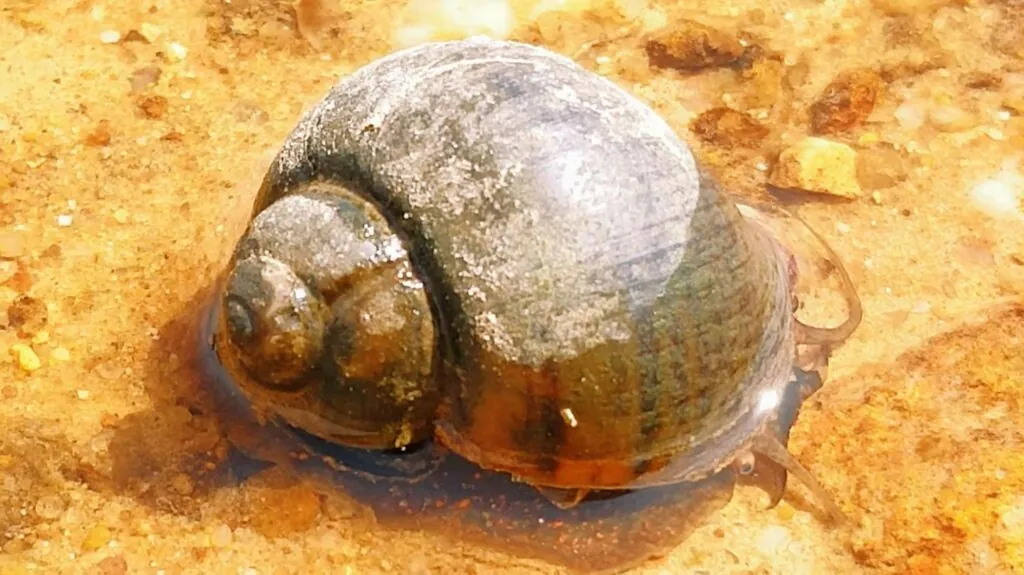
Freshwater snails are surprisingly deadly due to their role in transmitting schistosomiasis, a parasitic disease that affects nearly 250 million people worldwide and causes over 200,000 deaths annually. Found primarily in Asia, Africa, and South America, these snails release larval parasites into freshwater bodies, which then penetrate human skin during contact activities such as swimming or bathing. Once inside the human body, the parasites mature and cause significant health issues, including liver damage, kidney failure, and even bladder cancer.
Children and young adults are particularly vulnerable, experiencing symptoms like anemia, abdominal pain, and blood in urine. Effective control measures include improving sanitation, using protective clothing, and administering the drug praziquantel for treatment.
4. Snakes
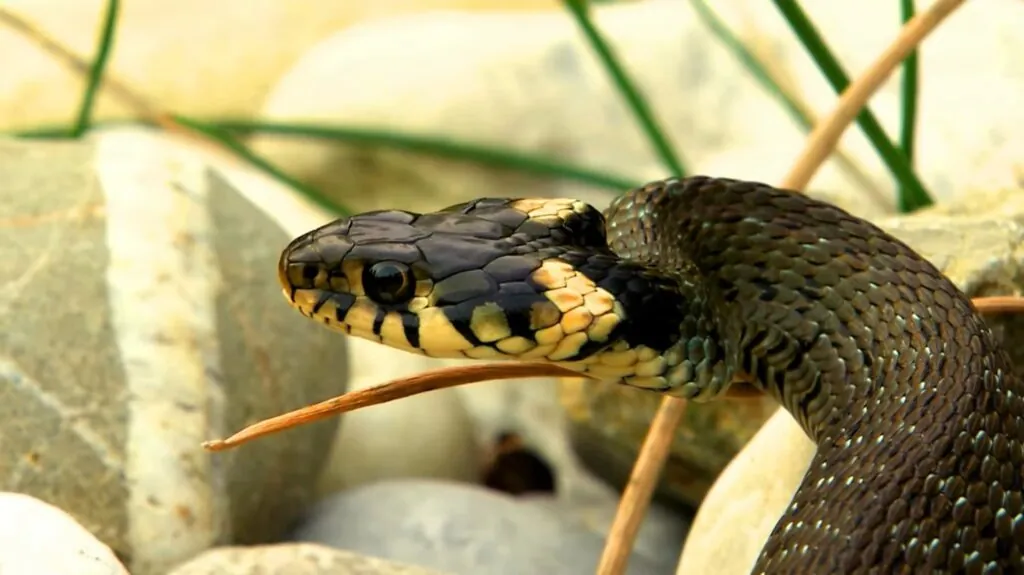
Snakes cause around 50,000 deaths each year, primarily in rural and tropical regions where access to medical care is limited. Species such as the Indian cobra, common krait, Russell’s viper, and saw-scaled viper are particularly deadly. Their venom can cause paralysis, internal bleeding, and tissue damage.
In India alone, snakebites result in an estimated 46,000 deaths annually. The high mortality rate from snakebites emphasizes the need for better medical infrastructure, widespread availability of antivenoms, and increased public awareness about snakebite prevention and first aid measures. On the related note, got the scoop of the largest snake in the world?
5. Dogs
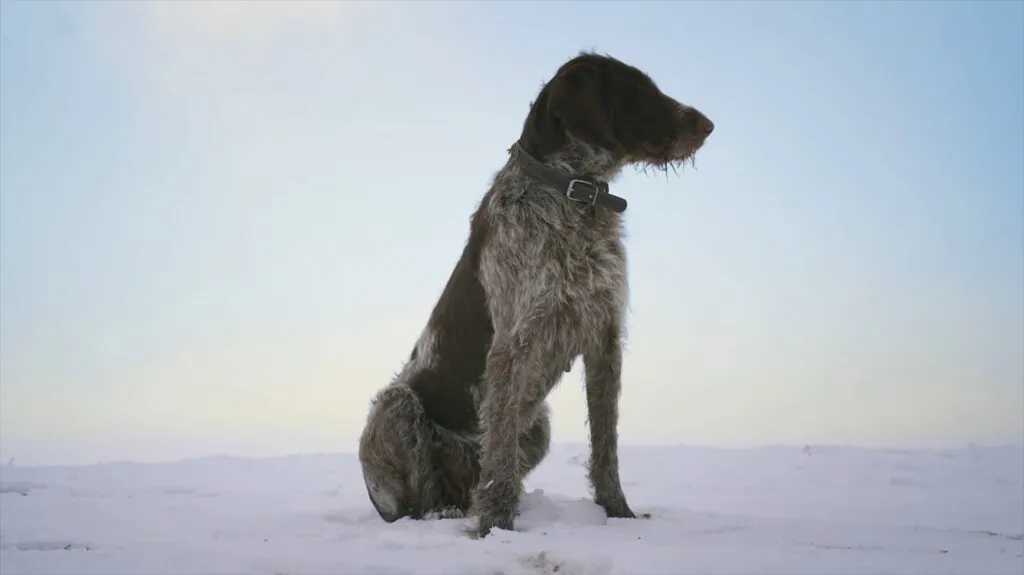
Dogs, while often referred to as man’s best friend, can also pose significant risks. Annually, approximately 4.5 million Americans are bitten by dogs, with around 20% of these incidents necessitating medical attention. Globally, dogs are responsible for approximately 30,000 deaths each year, making them the third deadliest animals to humans after mosquitoes and snakes.
Children are particularly vulnerable, accounting for about half of all dog bite victims. Additionally, rabies transmitted through dog bites remains a serious concern, with dogs responsible for 99% of rabies cases worldwide. These statistics underscore the importance of responsible pet ownership and awareness of the potential dangers associated with dogs.
6. Assassin Bugs
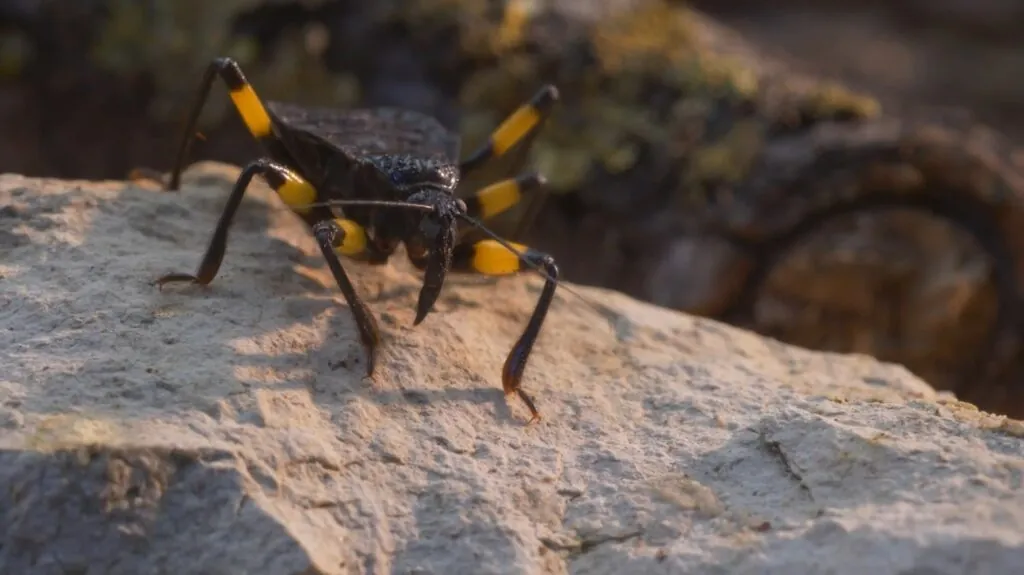
Assassin bugs, particularly the kissing bug, are known for their deadly impact on human health through the transmission of Chagas disease. This disease is responsible for approximately 12,000 deaths annually in Central and South America. The assassin bug uses its sharp beak to inject a parasite, Trypanosoma cruzi, into its host, leading to severe complications including heart and digestive system issues if left untreated.
With over 7,000 species, these bugs are found in diverse habitats globally, excluding Antarctica. Not all assassin bugs are harmful to humans; many species help control pest populations by preying on other insects. However, the kissing bug’s role in spreading Chagas disease remains a significant public health concern.
7. Tsetse Flies
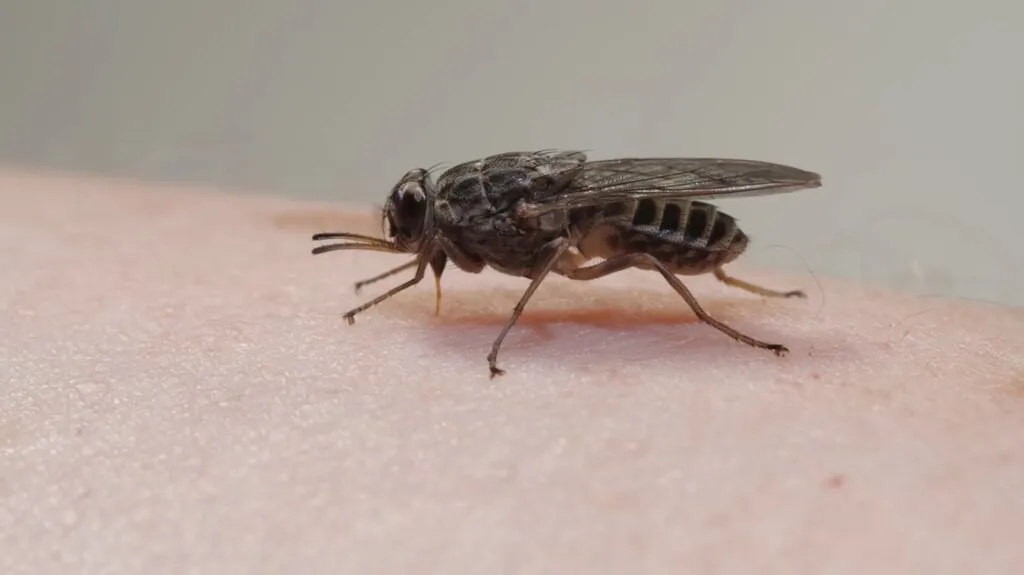
Tsetse flies, native to sub-Saharan Africa, are infamous for transmitting African trypanosomiasis, also known as sleeping sickness, which can be fatal if untreated. Each year, these flies are responsible for about 10,000 new cases, predominantly affecting rural communities reliant on agriculture and livestock.
The disease, caused by Trypanosoma parasites, manifests initially with fever and fatigue, eventually progressing to severe neurological complications if untreated. Efforts to control tsetse fly populations and reduce disease transmission include insecticide-treated traps and targets, which have significantly reduced the number of cases over the past decades. However, tsetse flies remain a critical public health concern due to their impact on both human and animal populations in affected regions.
8. Scorpions
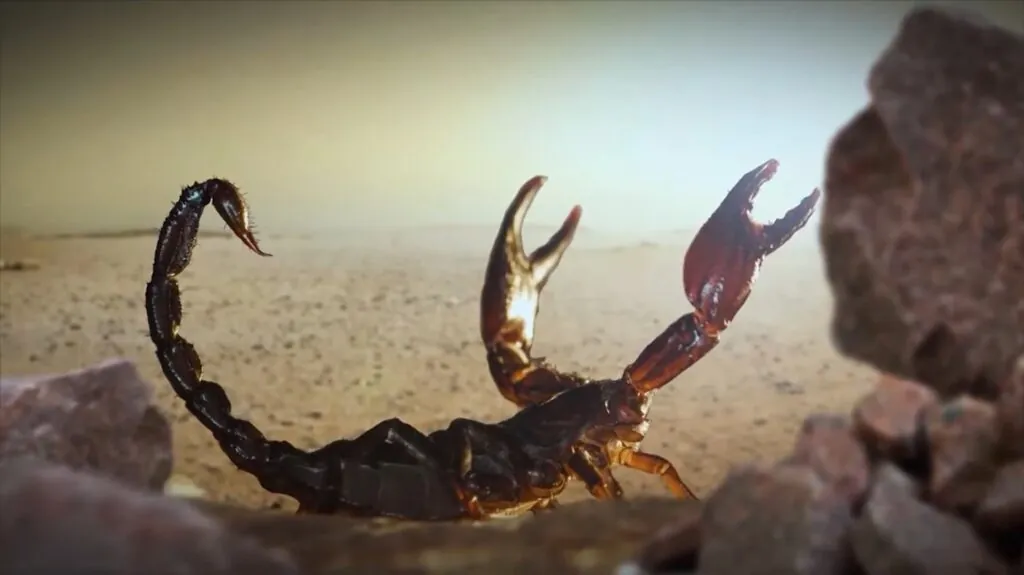
Scorpions, although feared, are generally not deadly; out of nearly 2,000 species, only about 25 have venom potent enough to be fatal. Scorpion stings cause about 3,000 deaths annually, primarily among children and those with allergic reactions. The deathstalker scorpion is particularly dangerous, causing severe pain, paralysis, and potentially death.
Scorpions, one of the deadliest animals that kill the most humans, are ancient arachnids that have existed for over 400 million years, adapting to diverse environments. Their venom, while harmful, has shown potential medical benefits, including cancer treatment applications. Most stings result in localized pain and swelling, with systemic symptoms like difficulty breathing occurring in more severe cases.
9. Ascaris Roundworms
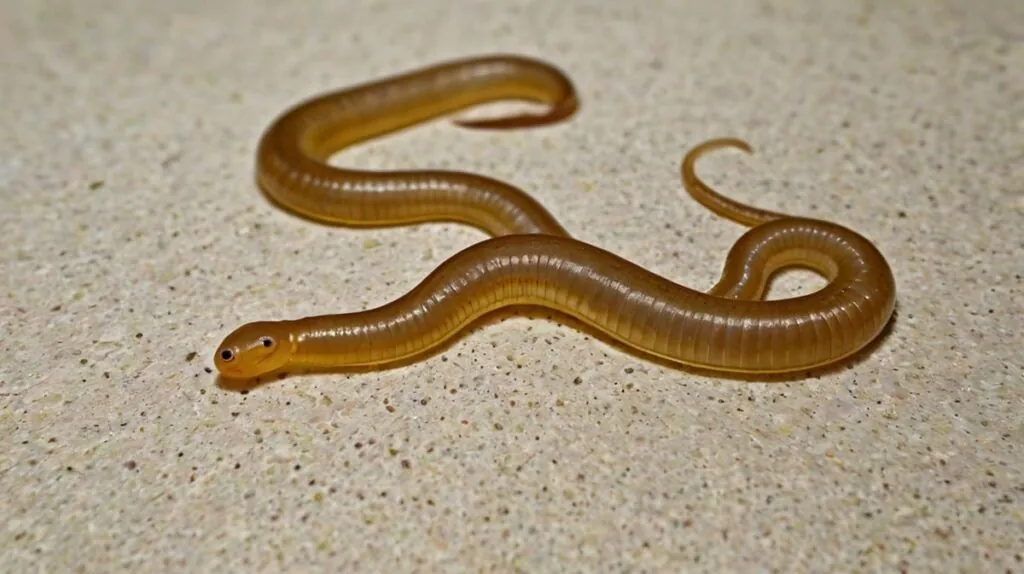
Ascaris roundworms, specifically Ascaris lumbricoides, infect approximately 807 million to 1.2 billion people worldwide, making them one of the most common parasitic infections. These roundworms are typically transmitted through ingestion of eggs present in contaminated soil, food, or water. Infected individuals, particularly in areas with poor sanitation, can experience a range of symptoms from mild abdominal discomfort to severe complications such as intestinal blockages and malnutrition.
Children are especially vulnerable, often suffering from slowed growth and cognitive impairment. Ascariasis is responsible for around 2,500 deaths annually, primarily due to complications like bowel obstructions and organ infections.
10. Tapeworms
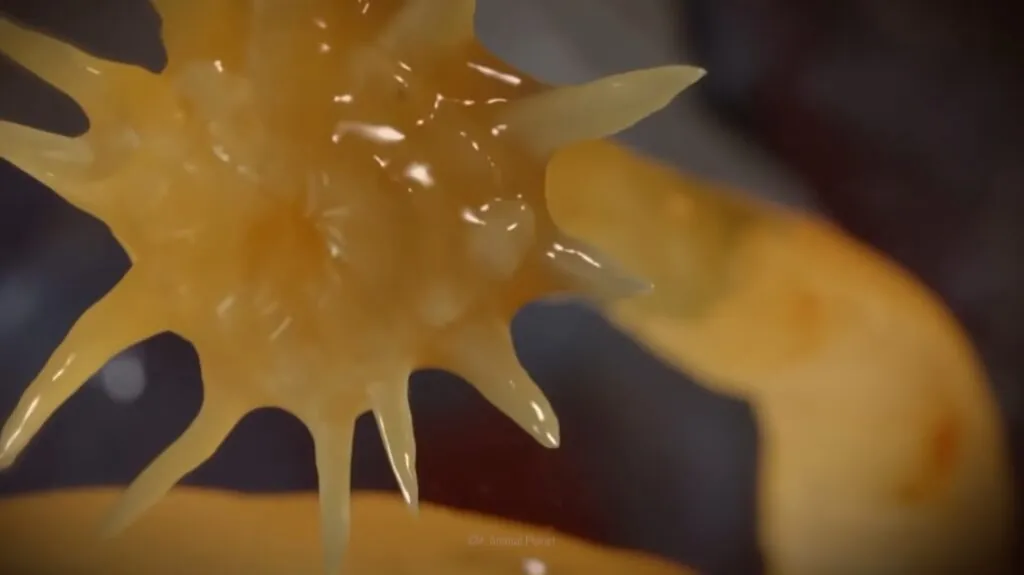
Tapeworm infections, though often asymptomatic, can sometimes lead to serious health issues, including death. These parasitic worms can grow up to 100 feet in length and thrive in the intestines of their hosts. Humans typically become infected by consuming undercooked or contaminated meat from infected animals such as cows, pigs, and fish.
Symptoms of a tapeworm infection can include abdominal pain, nausea, diarrhea, and weight loss. In more severe cases, particularly with pork tapeworms (Taenia solium), the larvae can migrate to various organs, including the brain, causing neurocysticercosis, which can lead to seizures and other neurological issues.
Annually, tapeworm infections cause about 2,000 deaths worldwide. Prevention includes proper cooking of meat, good hygiene practices, and improved sanitation.
Knowing about the animals that kill humans reveals much about our interaction with nature. By ranking these animals based on the annual death toll they cause, we spotlight the hidden dangers often overlooked. From the tiny but deadly mosquito to the fearsome crocodile, each of these creatures poses a significant threat in different ways. This ranking helps prioritize awareness and preventive measures against these deadly animals.

